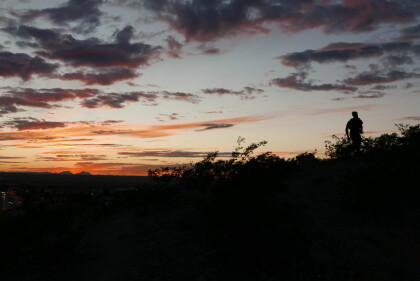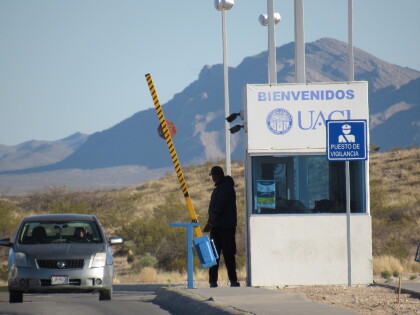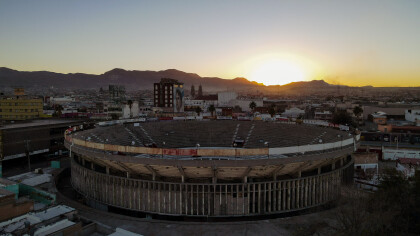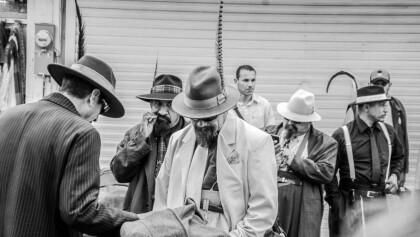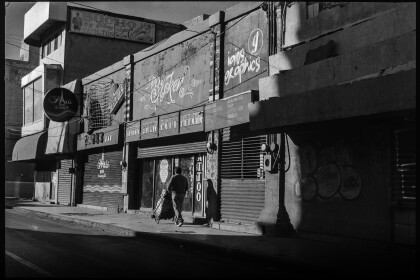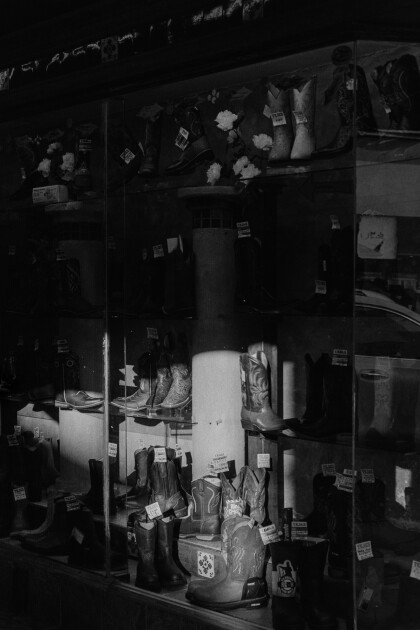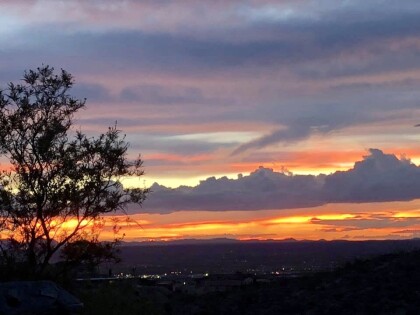Excelsior Sanatorium
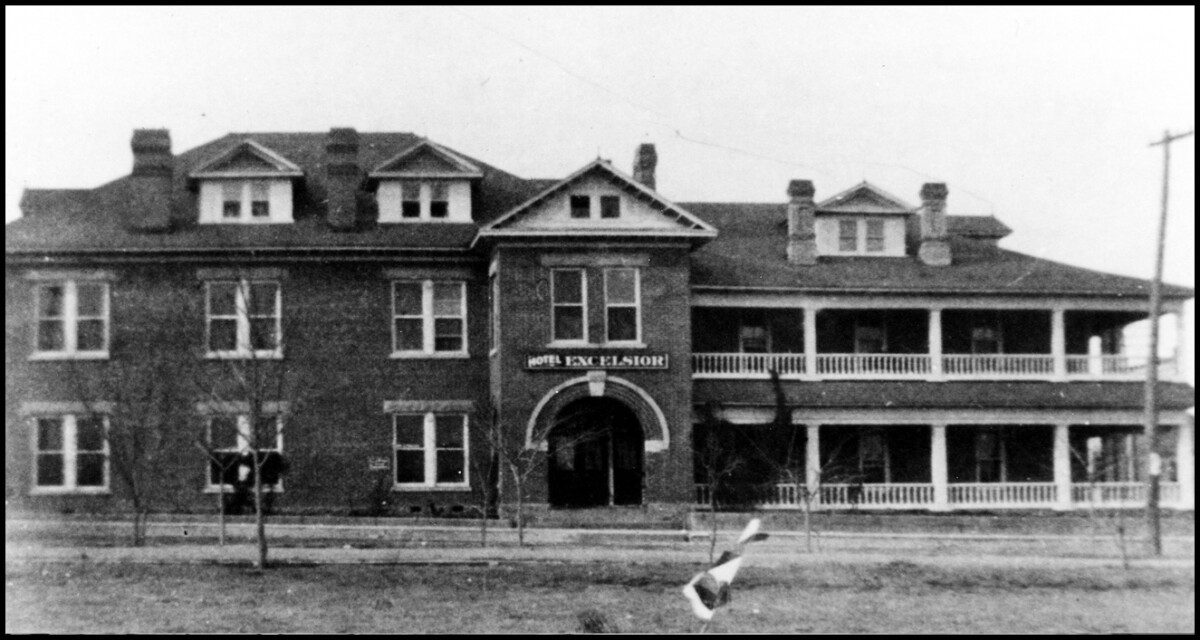
Excelsior Sanatorium
The image shows Excelsior Sanatorium, at the corner of Missouri and Oregon Streets. It was one of the sanatoria which opened in El Paso in the beginning of the 20th century. The main reason for the opening of hospitals in the city was tuberculosis, the leading cause of death in the United States at that time. In the late 1800s and early 1900s, tuberculosis spread rapidly in the United States. Throughout most of the 19th century, pulmonary tuberculosis was thought to be a hereditary disease aggravated by humid air, damp soil, lack of exercise, inadequate diet, and overcrowded and poorly ventilated housing. However, in 1882, German physician Robert Koch described the rod-shaped organism called the tubercle bacillus that causes tuberculosis. The microscopic bacteria were impossible to destroy unless exposed to heat or light. Since most infections came from people with pulmonary TB, such people needed to be isolated to check the spread of the disease. The Southwest, including El Paso, was considered ideal for the treatment of TB because of its dry, warm climate. It attracted TB patients from all over the country between the 1880s and the 1940s. The completion of the Southern Pacific Railroad in 1881 encouraged tuberculars to come west. Early care of TB patients consisted of sitting in parks to absorb the sun and convalescence in private homes. This method was ineffective and many people died. The migration of infected persons in search of a climatic cure created a major public health problem for sections of the Southwest from the late 1890s through the 1920s. During this period, many sanatoriums and hospitals opened to treat tuberculars and this deadly disease helped establish El Paso as a health center.
Report this entry
More from the same community-collection
Photography by Francisco López-Orozco (Pancho López)
There is nothing more pleasing and rewarding than witnessing the ...
Photography by Francisco López-Orozco (Pancho López)
There is nothing more pleasing and rewarding than witnessing the ...
Photography by Frank G. Cordova
There is nothing more pleasing and rewarding than witnessing the ...
Photography by Frank G. Cordova
There is nothing more pleasing and rewarding than witnessing the ...
Photography by Frida Karina Olivares Andrade
There is nothing more pleasing and rewarding than witnessing the ...
Photography by Frida Karina Olivares Andrade
There is nothing more pleasing and rewarding than witnessing the ...
Photography by Gabriel Antonio Razo Duarte (Tony Razhots)
There is nothing more pleasing and rewarding than witnessing the ...
Photography by Gabriel Antonio Razo Duarte (Tony Razhots)
There is nothing more pleasing and rewarding than witnessing the ...
Photography by Héctor Francisco Servín Romero (Pako Servín)
There is nothing more pleasing and rewarding than witnessing the ...
Photography by Héctor Francisco Servín Romero (Pako Servín)
There is nothing more pleasing and rewarding than witnessing the ...
Photography by Heriberto Ibarra
There is nothing more pleasing and rewarding than witnessing the ...
Photography by Heriberto Ibarra
There is nothing more pleasing and rewarding than witnessing the ...
Photography by Israel Garcia Aleman (Gaal)
There is nothing more pleasing and rewarding than witnessing the ...
Photography by Israel Garcia Aleman (Gaal)
There is nothing more pleasing and rewarding than witnessing the ...

